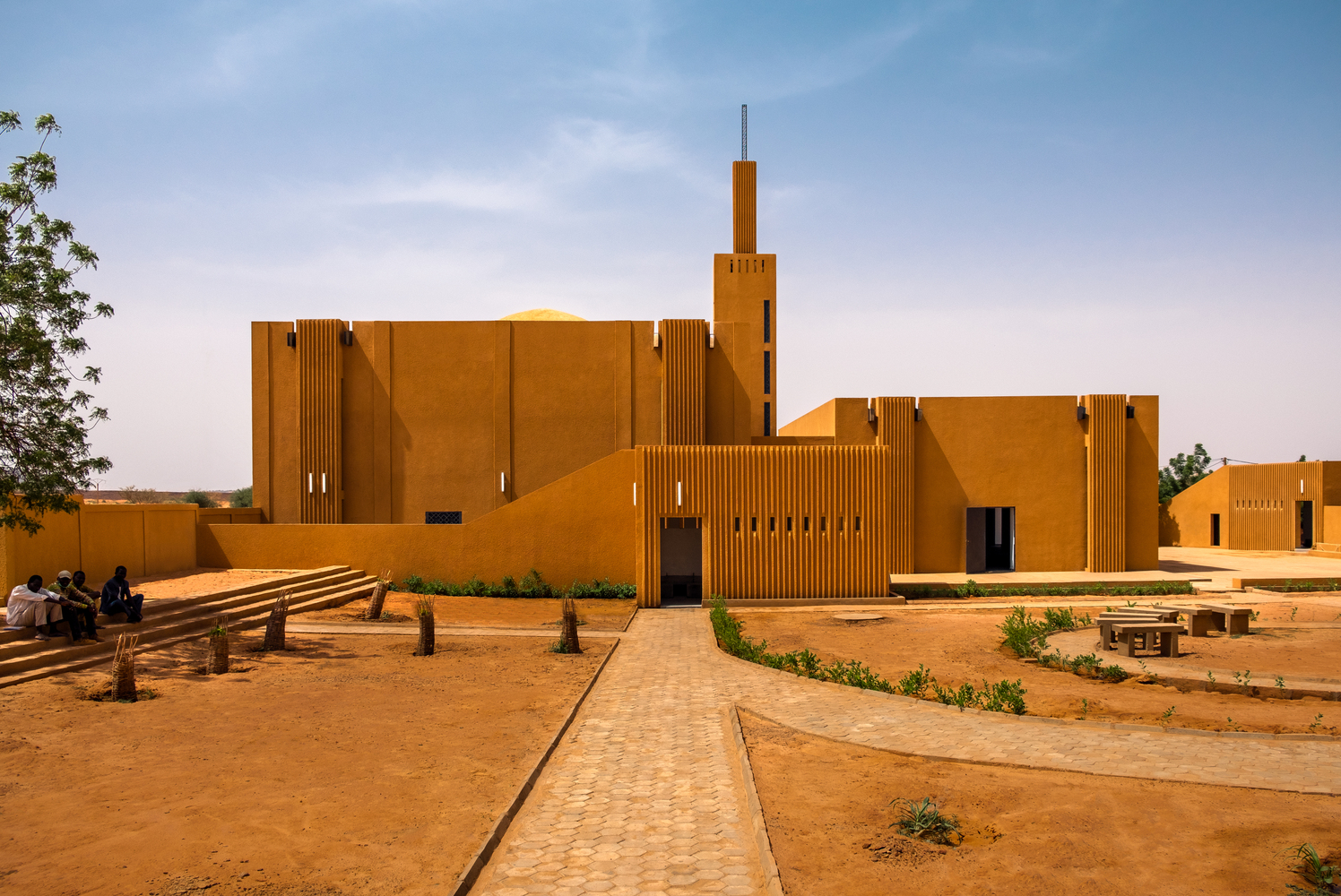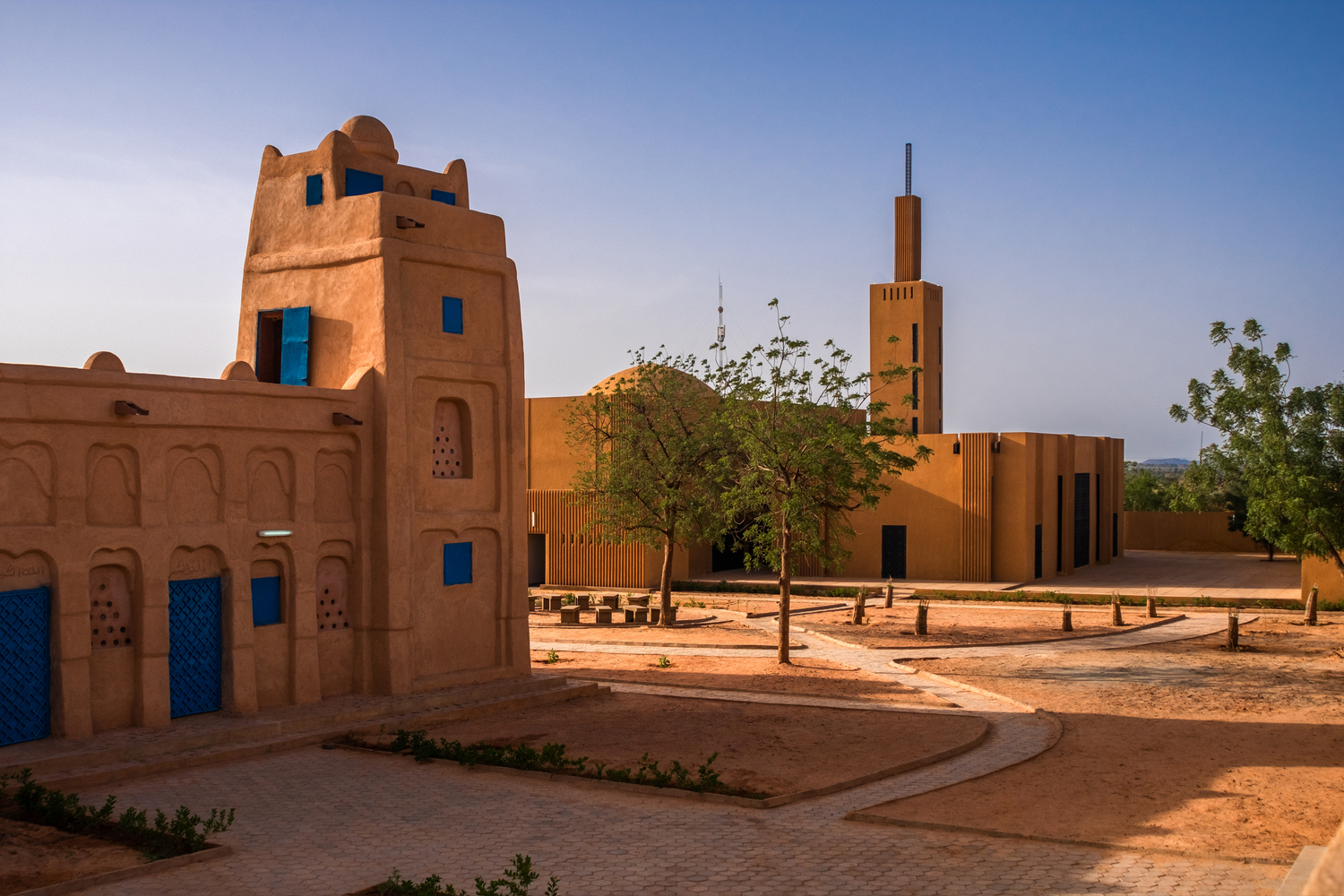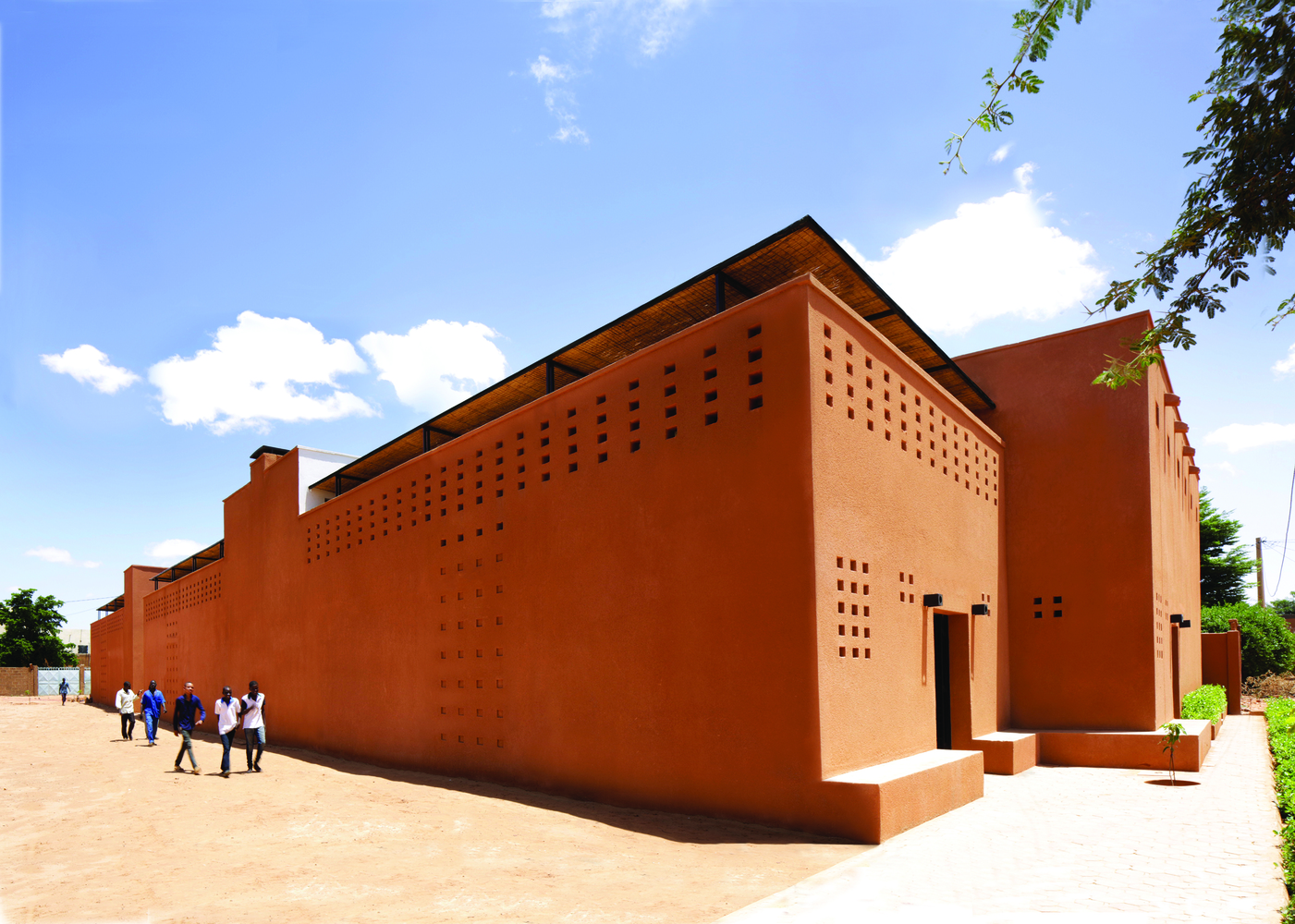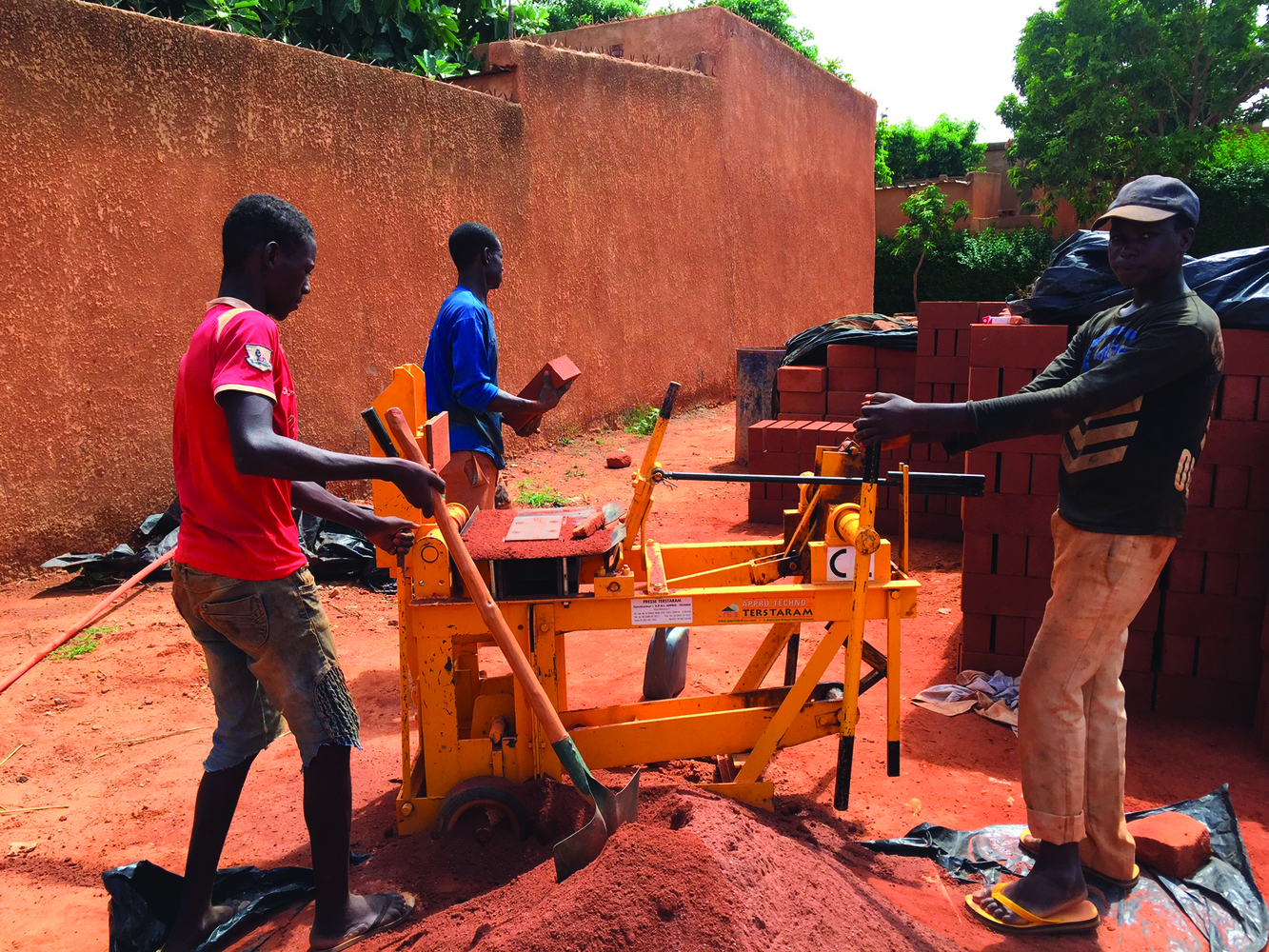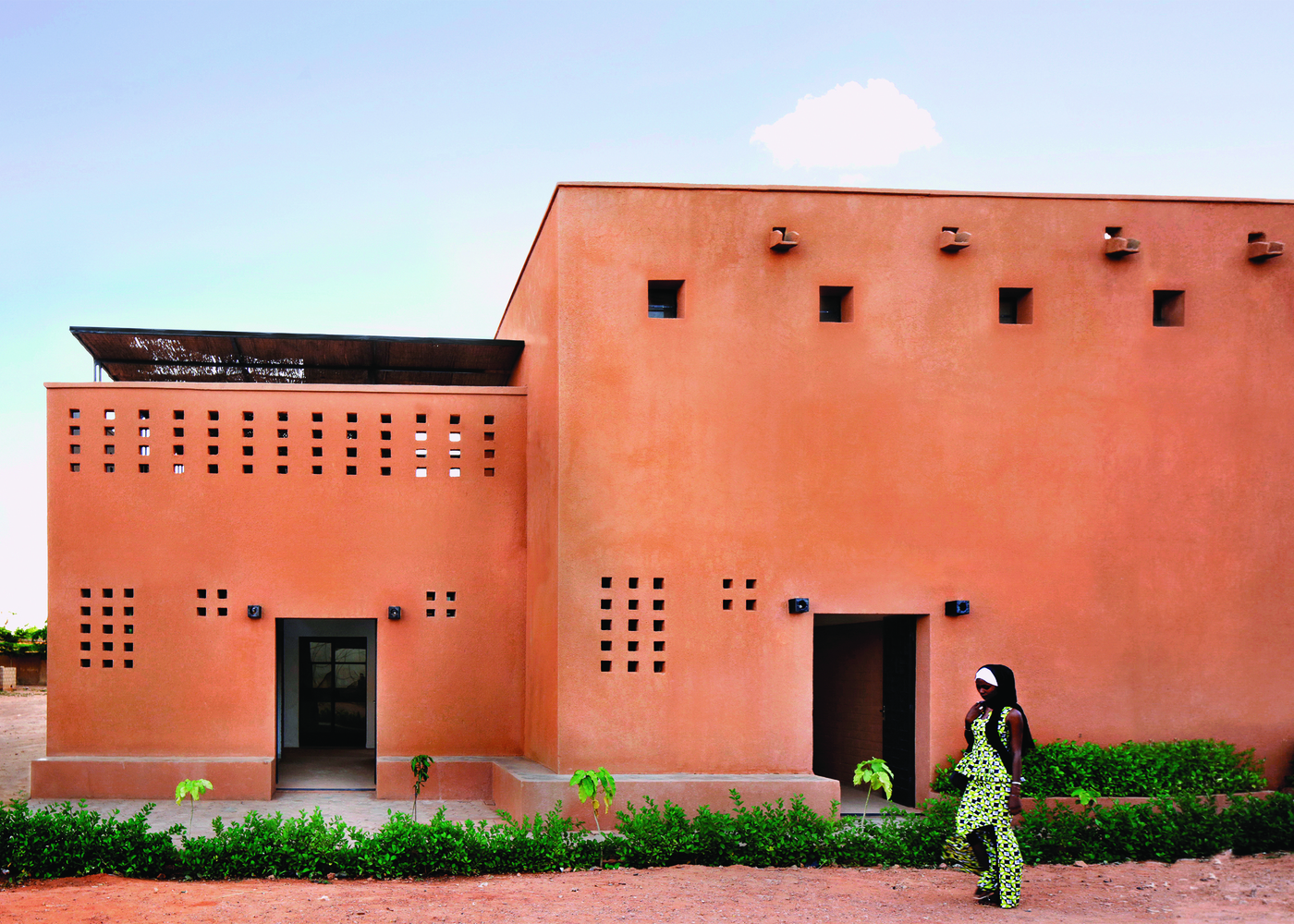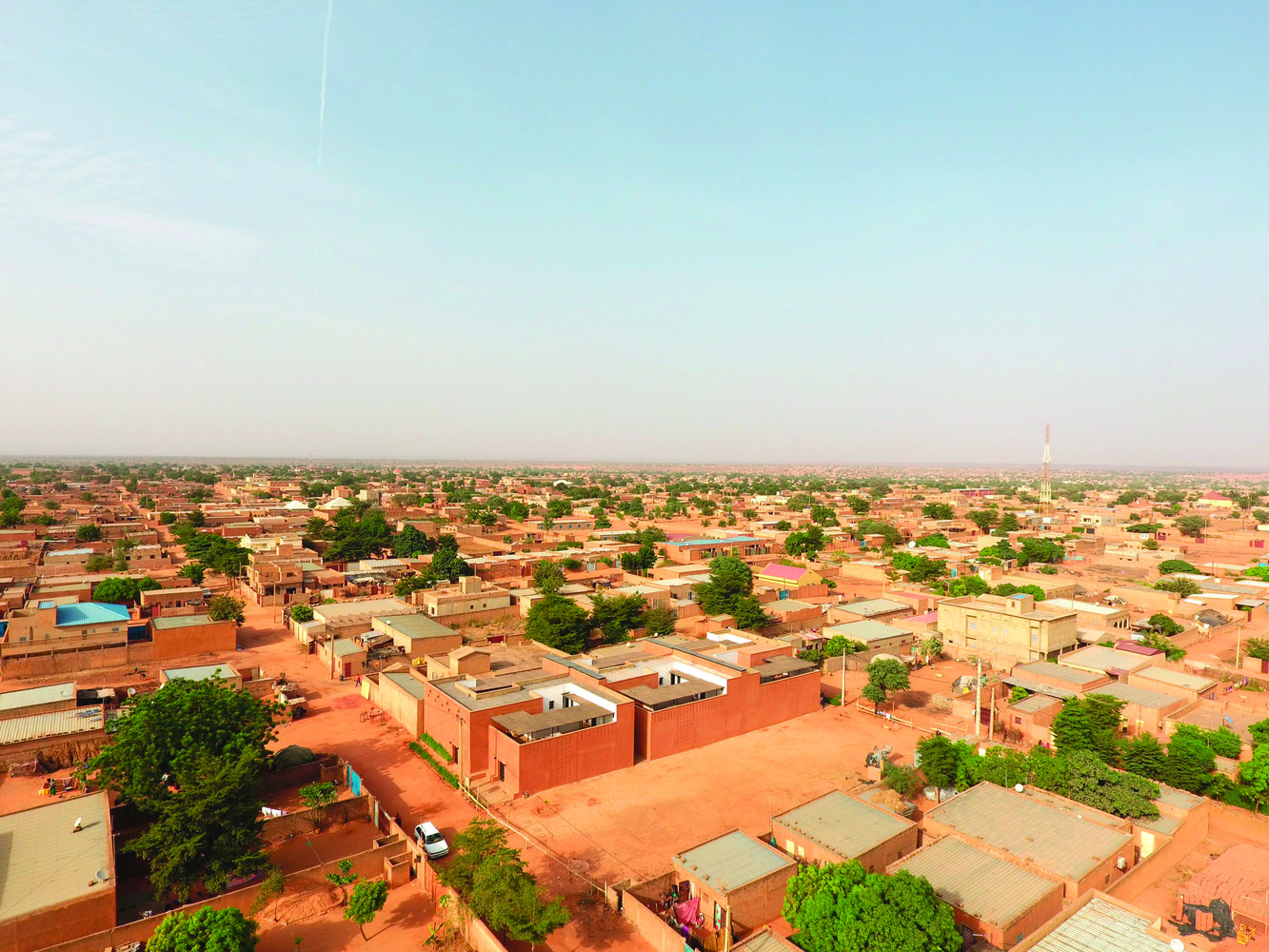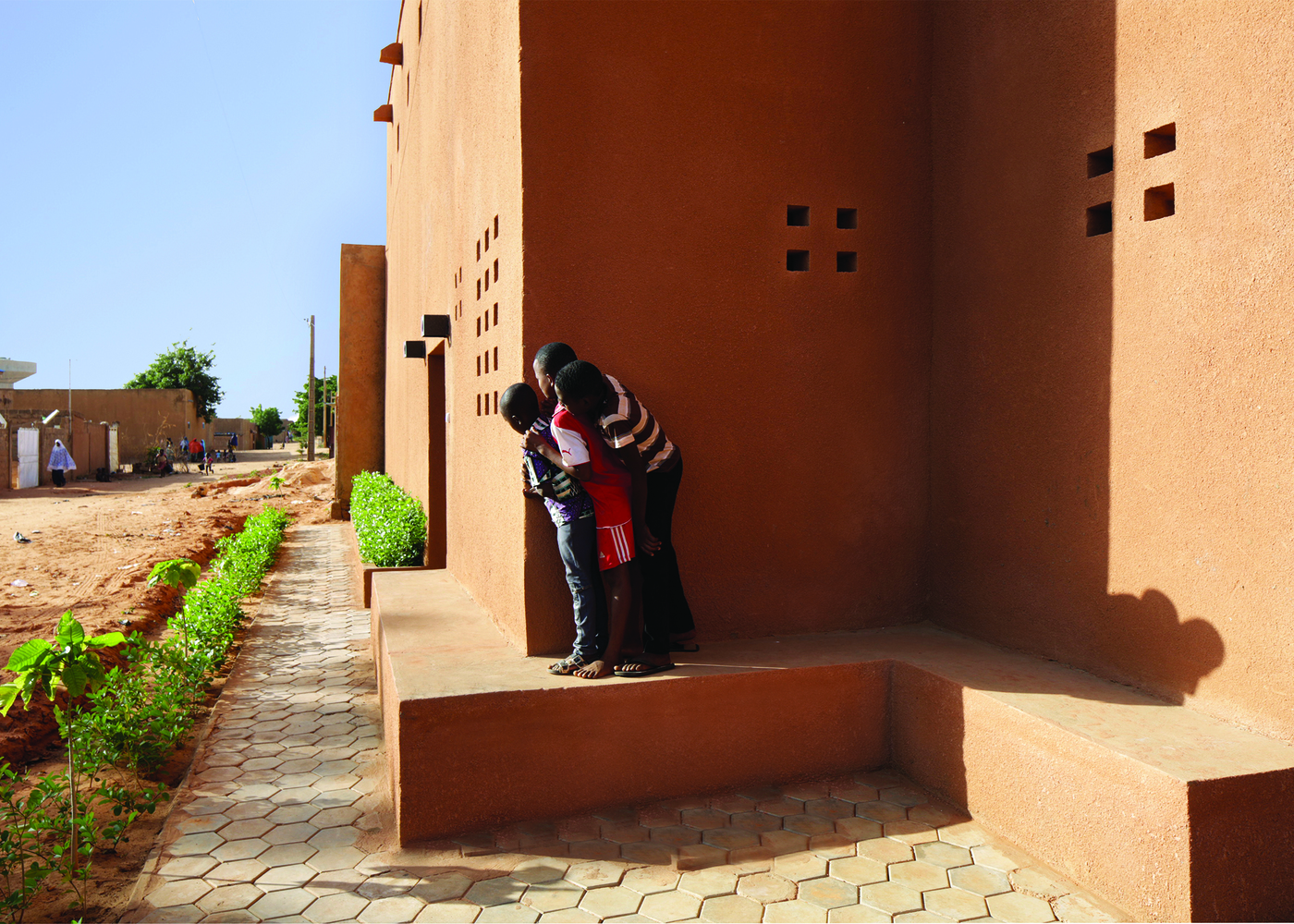
Shared intelligence that reaches across humanity, memory and ecology / Mariam Kamara for IQD
At first scary and overwhelming, the forced stillness brought on by the pandemic has given way to quiet contemplation for many of us. I have had time to reflect on the building-making process and the various ways we, as architects, practice our craft. One point I keep coming back to, is that the success of every project we have embarked on, has really rested on the multiple intelligences of people, histories and geographies that have come to form a knowledge-base we heavily rely and build on.
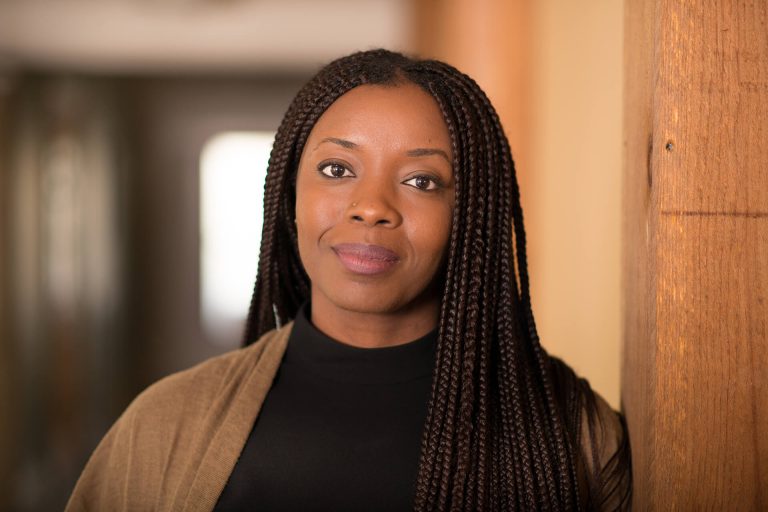
HUMANITY
The pandemic has made clear that we are interconnected in more ways than we realize. As architects, we are fortunate to be in the business of bringing people closer to each other as well as to themselves and their histories through the buildings we design. Over the years, taking the time to uncover the stories of a place, its intimate corners and heavily meaningful silences, has become a crucial aspect of our practice. It is a form of intelligence that gets refined with every project as we discover what shapes the daily habits of a community, the challenges they face, the fears and hopes that freeze or propel them forward. Their aspirations. This led us naturally to produce architecture that concerns itself with projecting and shaping how people see themselves and how they relate to an outside world that has historically marginalized them and oversimplified their narratives.
Our investigations led to designs like the Niamey 2000 housing complex, which addressed the housing crisis in Niamey, Niger’s capital, with culturally attuned homes that respond to social norms in the city. We designed an organic layout of intertwined homes, that were two to three stories in height, but which still managed to maintain a sense of privacy, intimacy and community. But the economic narratives of Niameyens further motivated us to make the homes affordable by using local materials that also decrease the energy consumption linked to cooling (a major burden on most household incomes there.) All of our projects since then have used the same mining approach of human narratives to tackle economic, social and even political challenges through space-making.
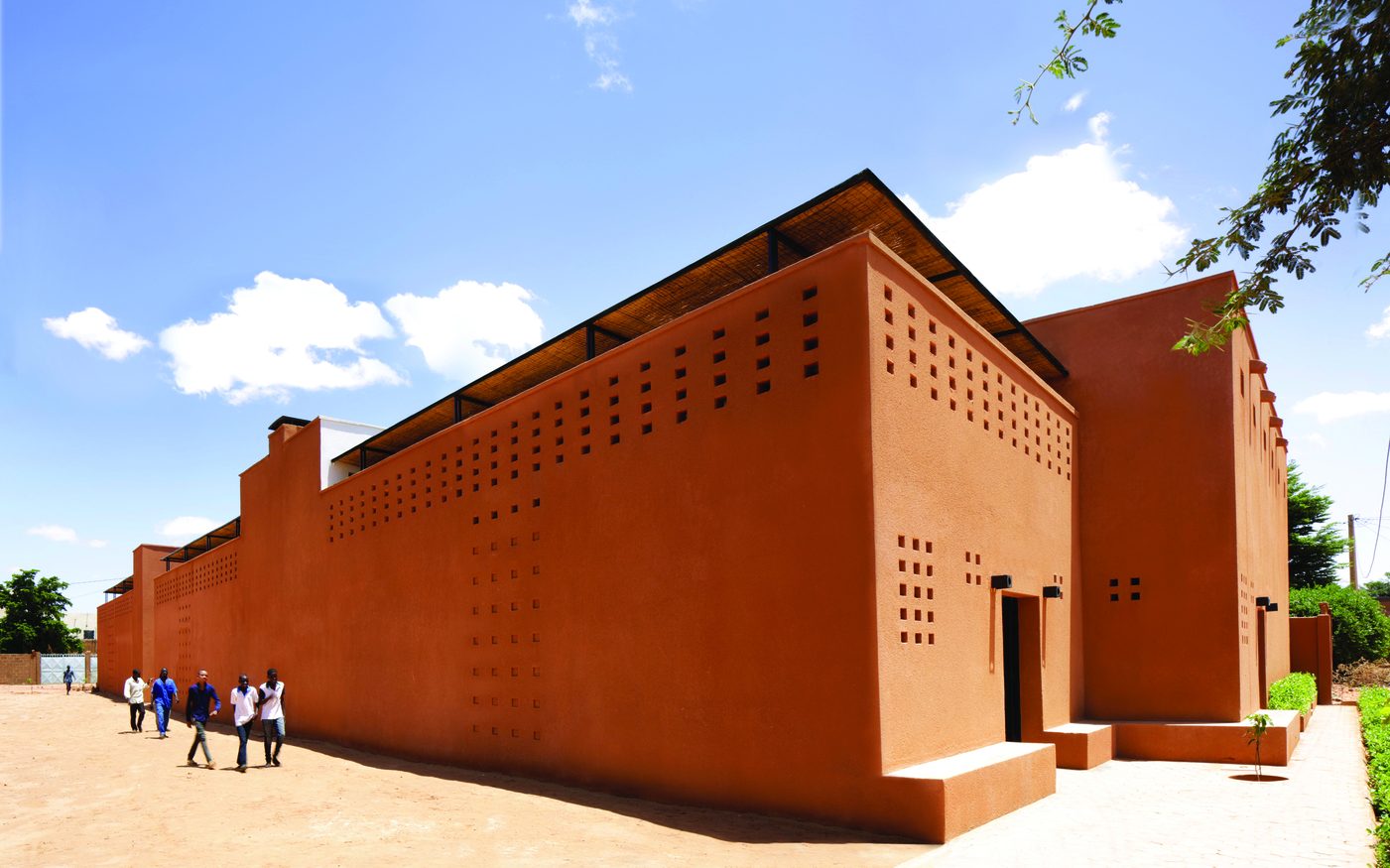
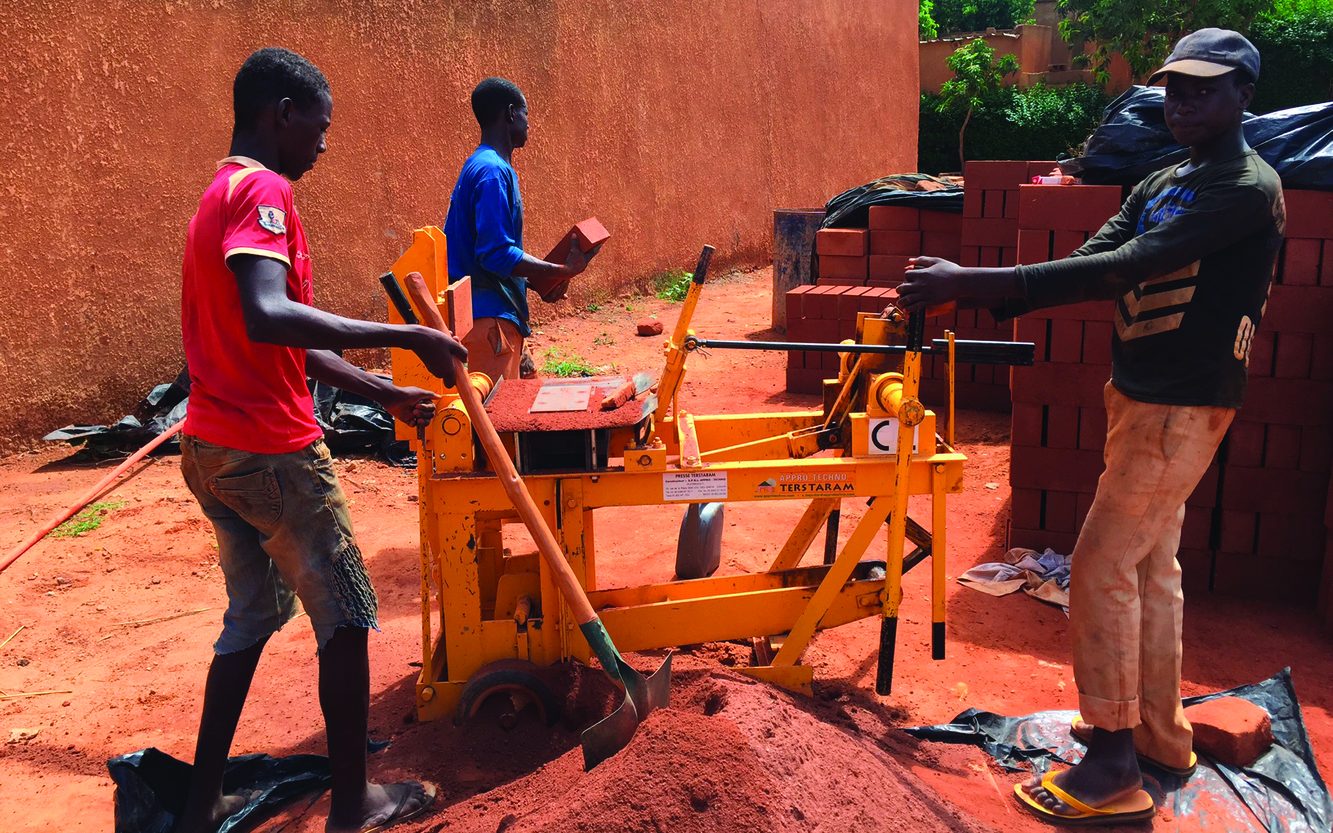
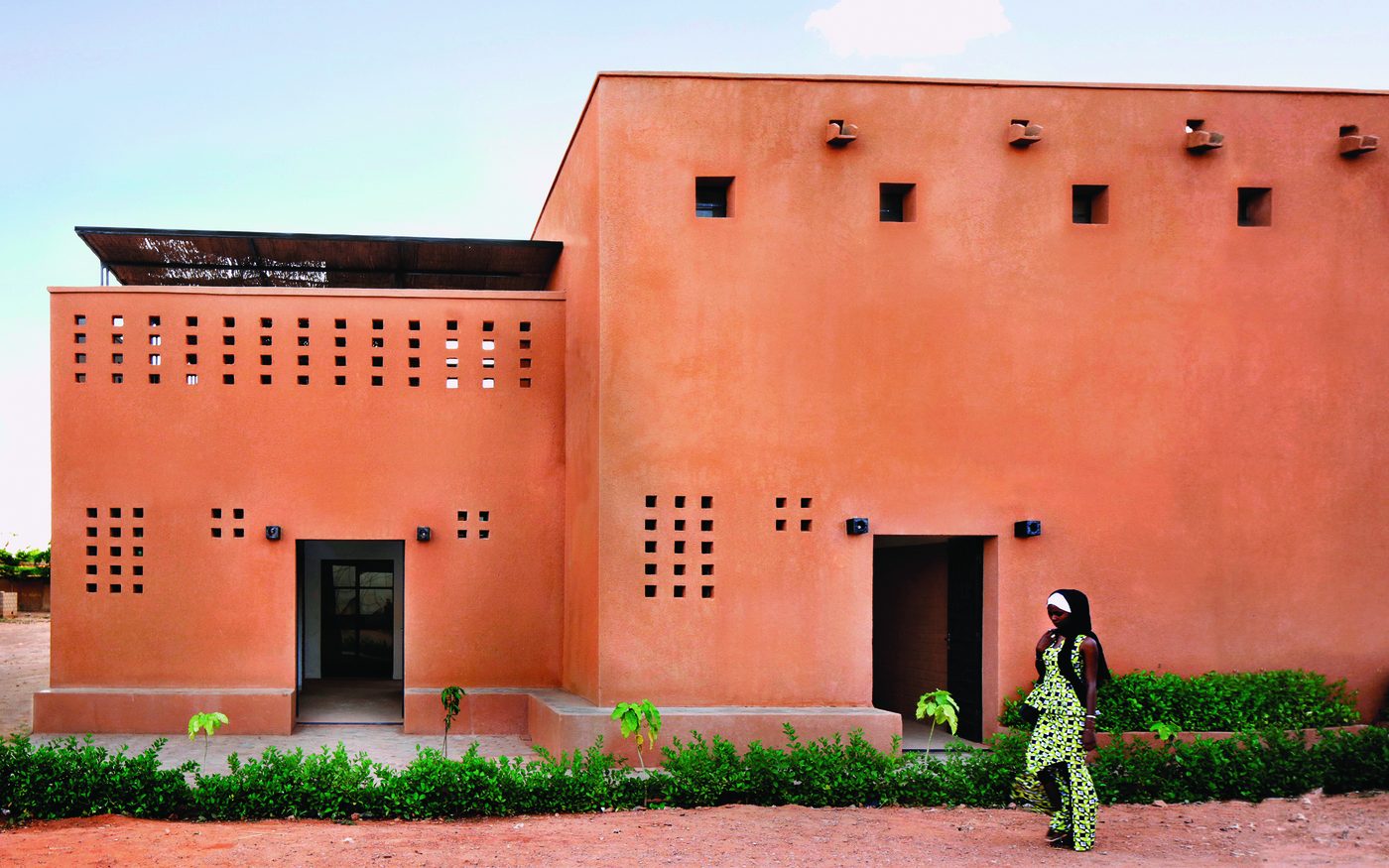
MEMORY
I have also been reflecting on how incredibly fortunate it has been that my early work has been in West Africa, particularly the historically and architecturally rich Sahel region. It was immediately obvious that relying on the Western precedents I had been educated to draw from was illogical at best, complicit in centuries of systematic erasure of local memory at worst. I have learned that most of the answers cannot be found in history books that are themselves agents of the global erasure of intelligences that lie outside of what is considered the architecture canon.
In the Hikma Religious and Secular Complex, we drew from the staggering wealth of knowledge carried by local traditional masons who can design, but also engineer and build astonishing structures. The traditional skills of masons and artisans helped us produce a community complex that rescued a local typology, but also amplified and evolved its forms and techniques into the 21st century
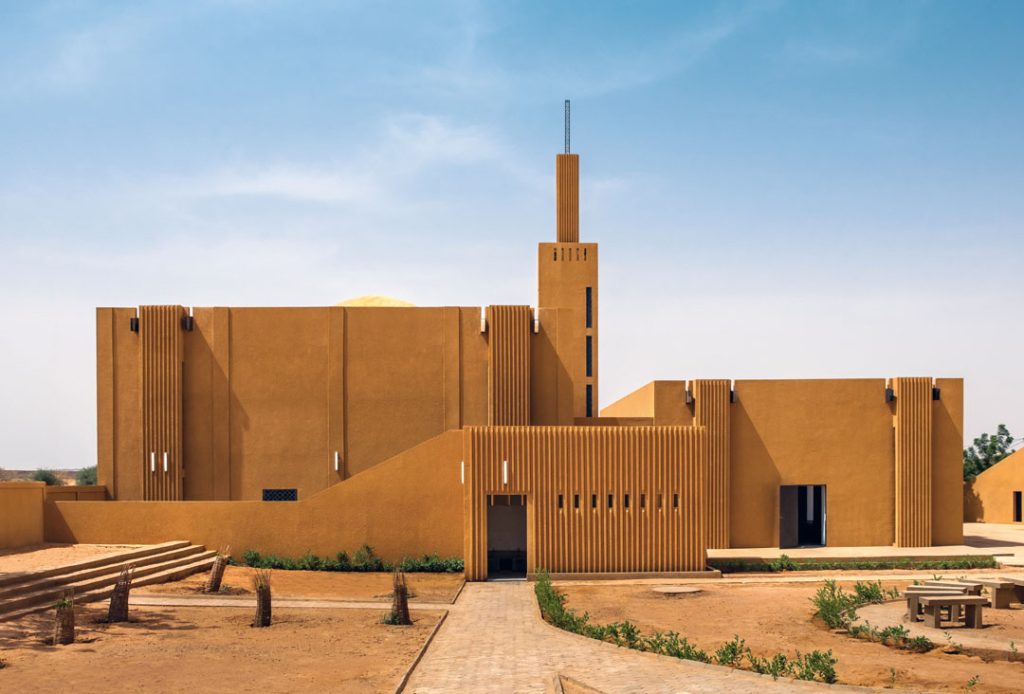
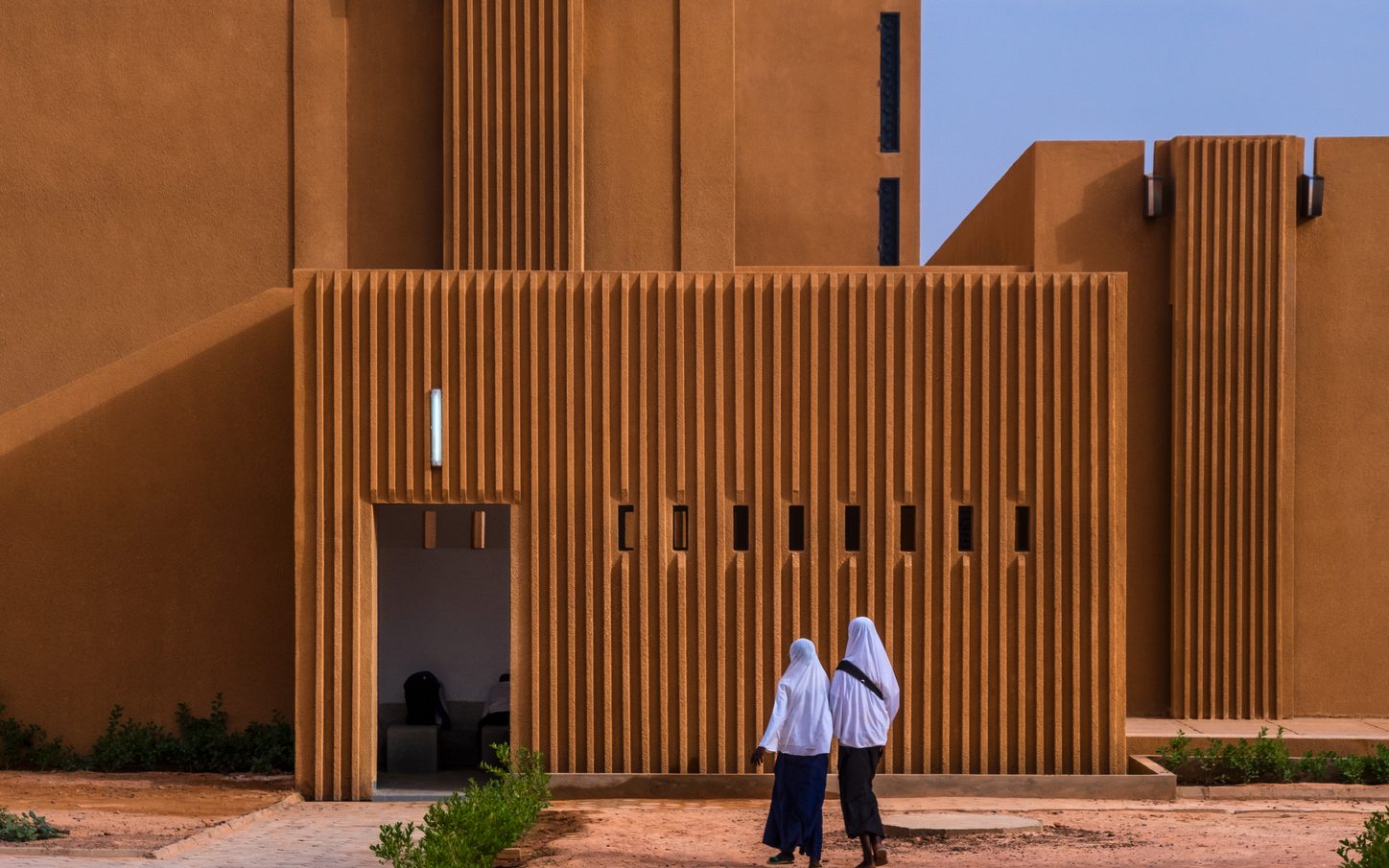
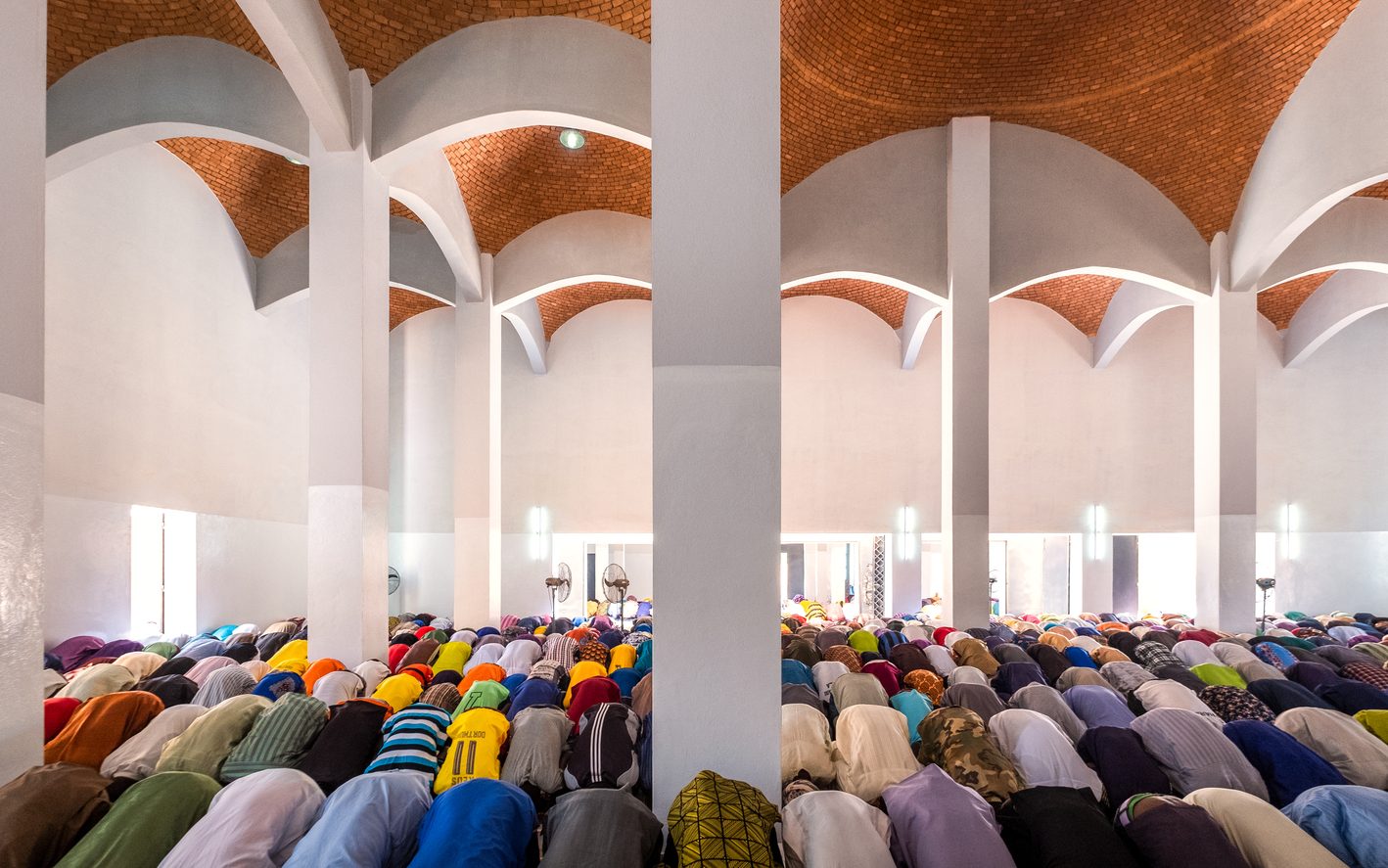
ECOLOGY
There is no way to reflect on the opportunity brought on by the pandemic, without reflecting on how sharply it has brought our ecological needs into focus. Architecture has not always been a friend of the planet. This is a challenge that requires a global set of intelligences, as there is much to learn from similar ecologies when designing for a place. While designing for the desert climate of Niger, I have naturally been drawn to and learned a great deal from traditional ventilation mechanisms from Morocco, to Iran, to the American desert of New Mexico. There is equally much to learn from how water was captured, used and preserved in the Rajasthani step-wells of India as from how Tuareg nomads in Niger’s Sahara desert store precious water for weeks until they reach the next oasis.
These investigations remind me that the answers are not always in a vendor’s catalog and that we don’t always have to resort to mechanical or high-tech solutions that dramatically exacerbate inequities. Ultimately, architecture is too expensive an undertaking, particularly in vulnerable communities, not to converge a multiplicity of intelligences to bring about projects that address a variety of issues simultaneously. And as the climate crisis has shown, these are considerations we soon won’t have a choice but to confront. Valuable intelligences are not just in what we see, hear and read, but in what we touch and smell, in the history of the materials and physical elements that shape the real and emotional topographies a community inhabits.
